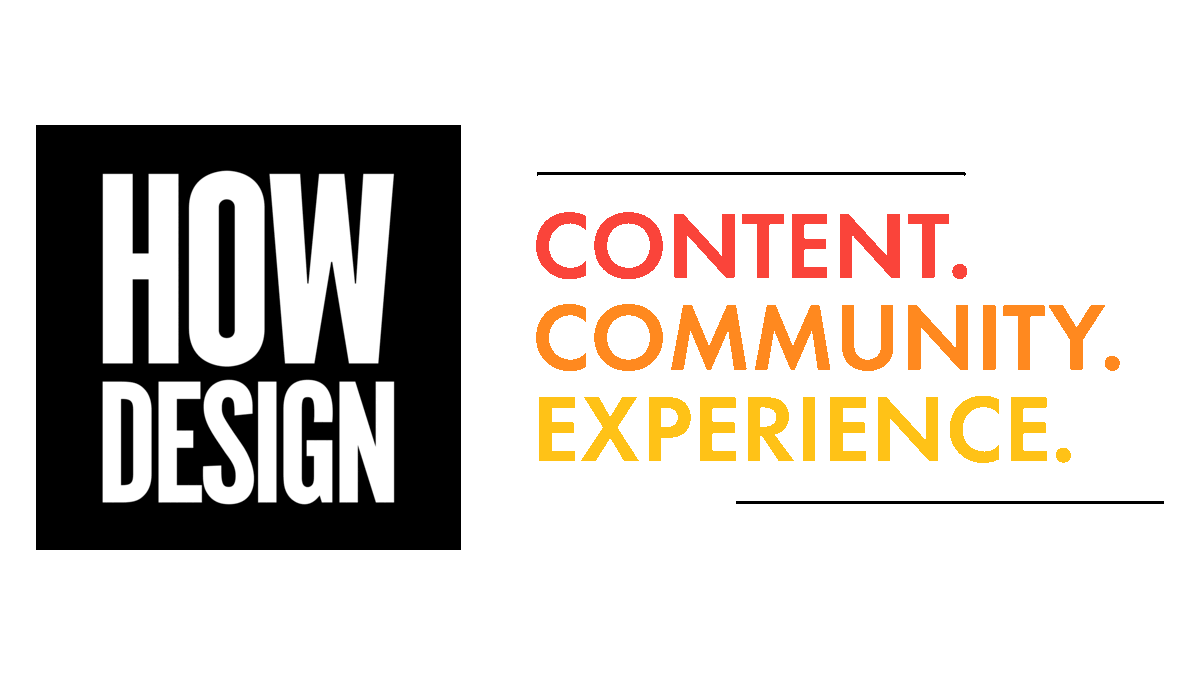For so many of us, the pandemic has been creatively paralyzing.
For HOW Design Live speaker Ivan Cash, it hasn’t been a picnic, either—but as the past year has gone by, he has sought to turn his talents toward helping us all feel connected in a time of utter disconnection.
If the universe were just, you could Google “outside-the-box thinking,” and the first hit would be Ivan Cash’s website. At Cash Studios, his clients include the likes of Google, Nordstrom and Toyota, and he has become known for a variety of his innovative projects—Snail Mail My Email. Occupy George. Hack Marriage. IRL Glasses.
But it’s his latest trio of powerful projects, produced throughout 2020—which he dubs “a crisis sandwich”—that have showcased how one creative has creatively met the moment.
Here is a recap of those projects—and the takeaways he gleaned from them.
“A Social Distance”
At the outset of the pandemic, Cash felt despair and hopelessness. He discussed his emotions with choreographer Jacob Jonas, and the two had a realization: Everyone was locked up and isolated and feeling alone … but everyone was experiencing the same thing, together.
So how do you give form to a fact that brings comfort to the discomfort of lockdown?
Cash issued a call to participate in a crowdsourced film about the pandemic, to document it and create a montage of human portraits. He issued clear instructions to interested participants: Wear black. Film vertically. Use natural light. (As he told the HOW Design Live audience, it might have seemed anal retentive, but, “I’ve found that constraints are really constructive for creatives.”)
The sum toll of the experiment—with more than 100 participants from 30 countries—is a fascinating time capsule art project, featuring the view outside everyone’s windows, the view inside everyone’s fridges, and everything in between.
From a pantsless Stefan Sagmeister to a 93-year-old Malaysian grandmother, the project is emblematic of Cash’s approach that is based in inclusivity; if you can see yourself in a project, you can relate to it. You connect.
“Parked”
Having collaborated with Jonas on “A Social Distance,” Cash wasn’t expecting to work with him again so soon. But then he got a call about an idea Jonas had—one that utilized societal restrictions as a bedrock for creativity.
The idea that ultimately took shape: creating a one-night-only drive-in dance performance in a vacant parking lot, lit by the audience’s headlights. (“I’m really interested in ideas that can be described in a single sentence and are really simple,” Cash said.)
Cash began his meticulous process of devising a treatment, lighting references, a shot list. The cars would be arranged in a circle, and safety would be paramount—everyone would be masked at all times, and if anyone felt uncomfortable at any moment, it was perfectly fine to bow out.
But the team was missing the key element at the heart of the project: the parking lot. No one would sign off on the liability waiver. And after nearly calling the project off, they decided to DIY it.
Cash and his crew pivoted in real time to the challenges that presented themselves (e.g., in the absence of being able to use drones, given the selected location’s proximity to an airport, the team deployed a 20-foot monopod).
And the results are beautiful, and beautifully moving.
All told, the performance was an hour long, and after it was over, the audience honked and flashed their lights. “It was really powerful,” Cash said.
The takeaway?
“Jay Allen Glaspy”
For years, Cash wanted to make a film about Jay Allen Glaspy, a third-generation sharecropper. After COVID prompted Cash to move across the country, he was finally close enough to Glaspy to collaborate—and decided, given the political schism in the nation, that it was time.
“What better way to bridge this divide in America than a third-generation sharecropper?” Cash asked. “It felt like it would be such an honor and a privilege to tell his story.”
Glaspy agreed to take part, and Cash began his treatment process, broke down the look and feel, style references, COVID safety protocols. Collaborators were brought on board. They established a tight shooting schedule.
After six weeks of work, everything was set to go—and then Cash got a text. Glaspy was backing out. He was uncomfortable with the crew being in his house—the hero shot location—due to the pandemic.
Cash fully respected his thoughts and considered scrapping the project entirely. But again, he utilized creativity to adapt and pivot. The solution: Filming Glaspy in different outdoor locations, holding objects that would serve as visual metaphors for different chapters in his life.
The end result nabbed a Vimeo Staff Pick—and taught Cash a lesson he shared as he concluded his HOW Design Live session.
